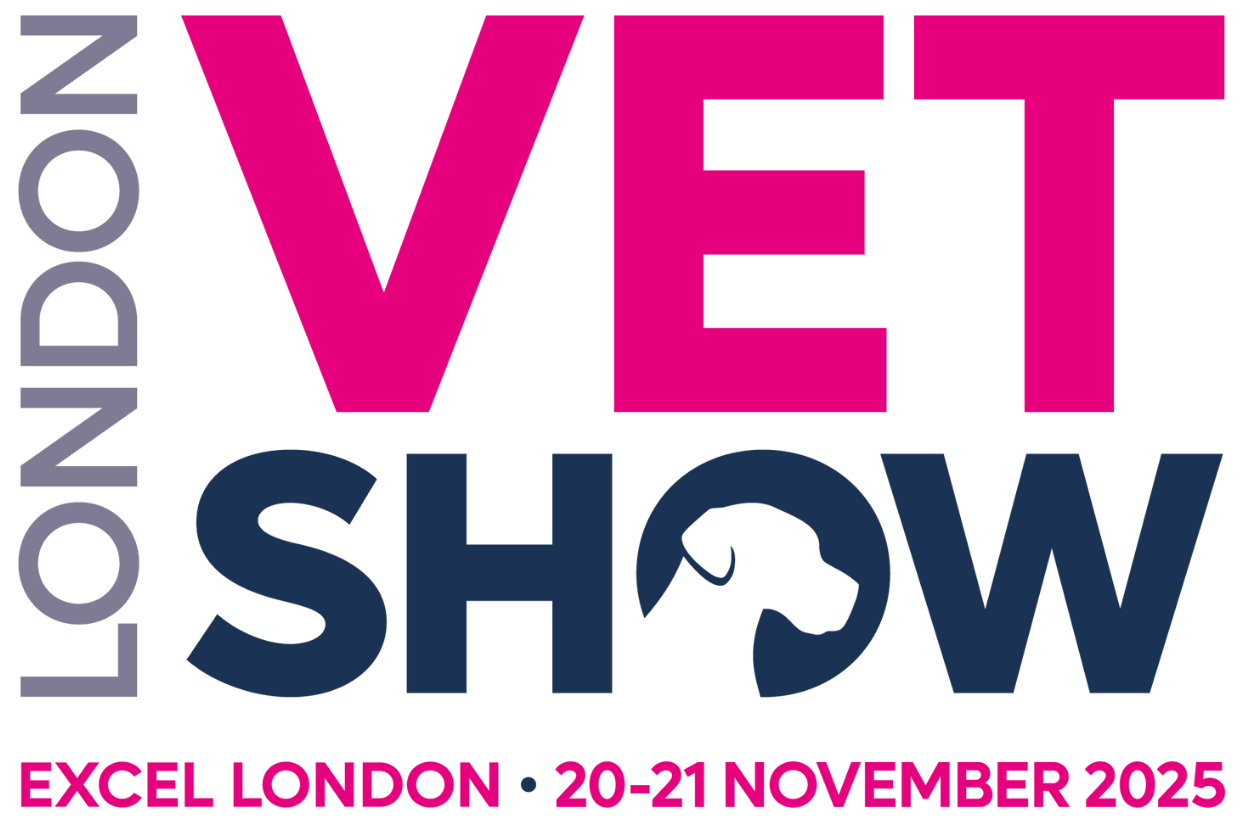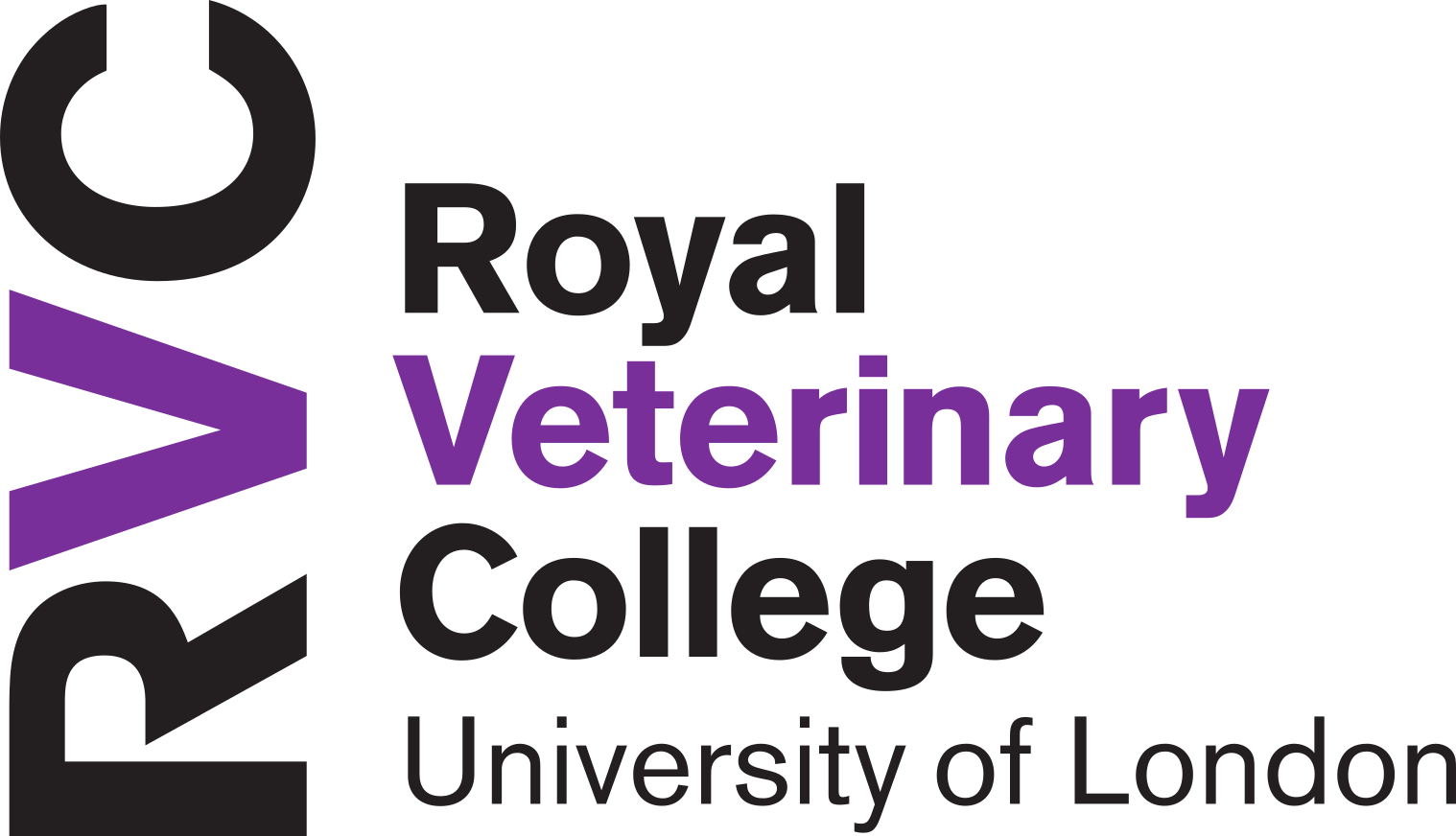Extreme conformation in dogs explained: You will never see dogs the same way again
Wild dogs evolved gradually over millions of years to achieve physical conformations that optimised their innate health and survival. Innate health describes the truism that every dog, regardless of type and breed, should be capable of performing all the typical activities necessary for their wellbeing within the anatomical, physiological and behavioural evolutionary norms for the species and the dog’s stage of life. However, following the invention of the ‘breed’ concept for dogs in the late 1800s, humans rapidly split the canine species into over 800 recognisable breeds sporting a variety of novel and exaggerated conformations to suit our needs for these dogs, such as guarding, hunting and looking appealing.
From the dogs’ perspective, many of these exaggerations hold minimal health and welfare costs but sadly some conformations are just too extreme. Extreme conformation describes a physical appearance that has been so significantly altered by humankind away from the ancestral natural canine appearance that affected dogs commonly suffer from poor health and welfare. Common examples of extreme conformations in dogs include brachycephaly, bulging eyes, skin folds, dwarfism, hairless and tailless. In a modern world where the sentience of dogs is now widely accepted both socially and in law, there is no longer any welfare justification for breeding, acquiring or promoting dogs with extreme conformation when so many alternative options for natural-shaped dogs also exist. The world is now moving to a new era where instead we prioritise the dog’s perspective of living in an innately healthy body.





)
)
)
)
)
)
)
)
)
)
)
)
)
)
)
)
)
)
